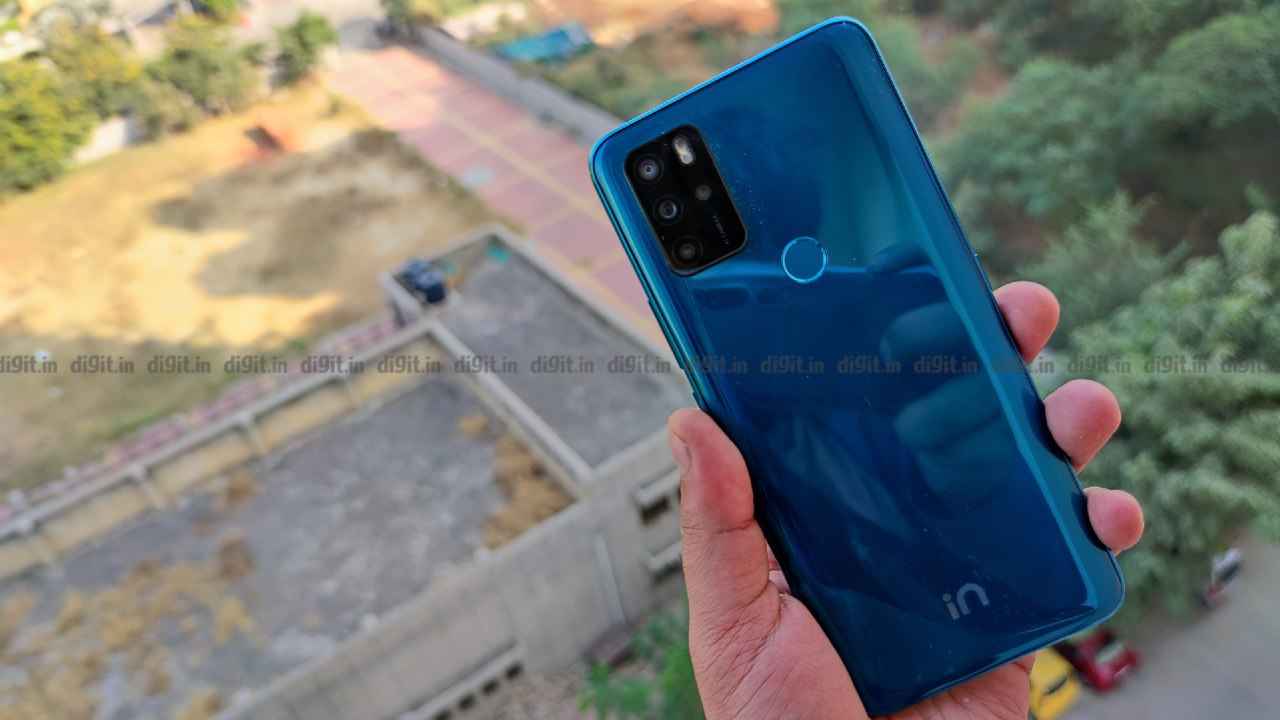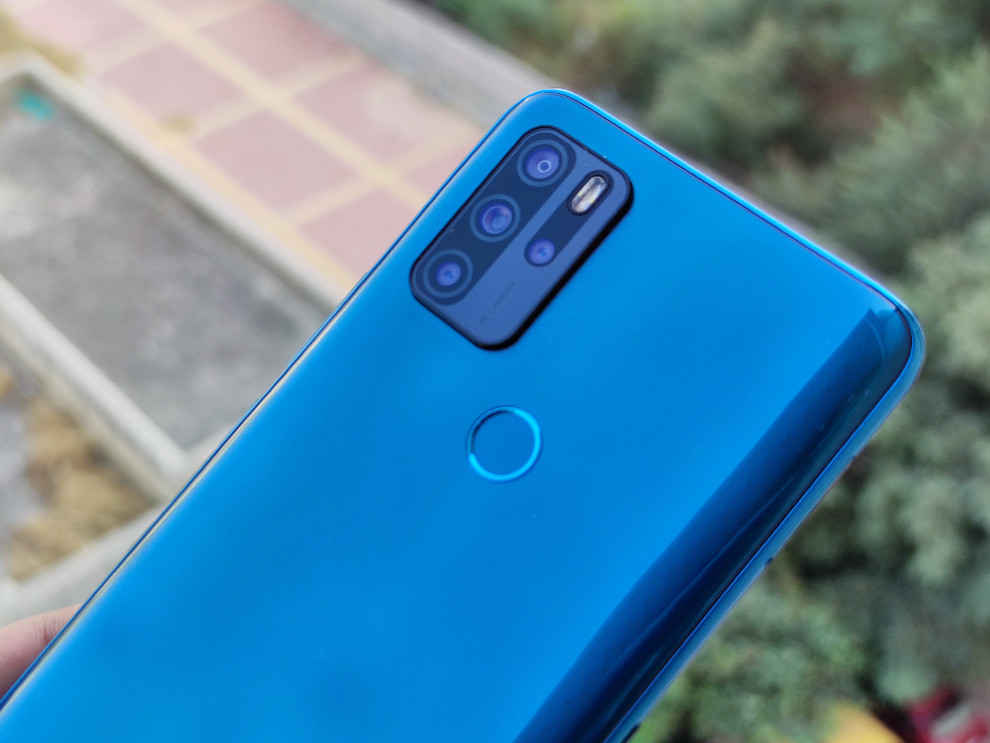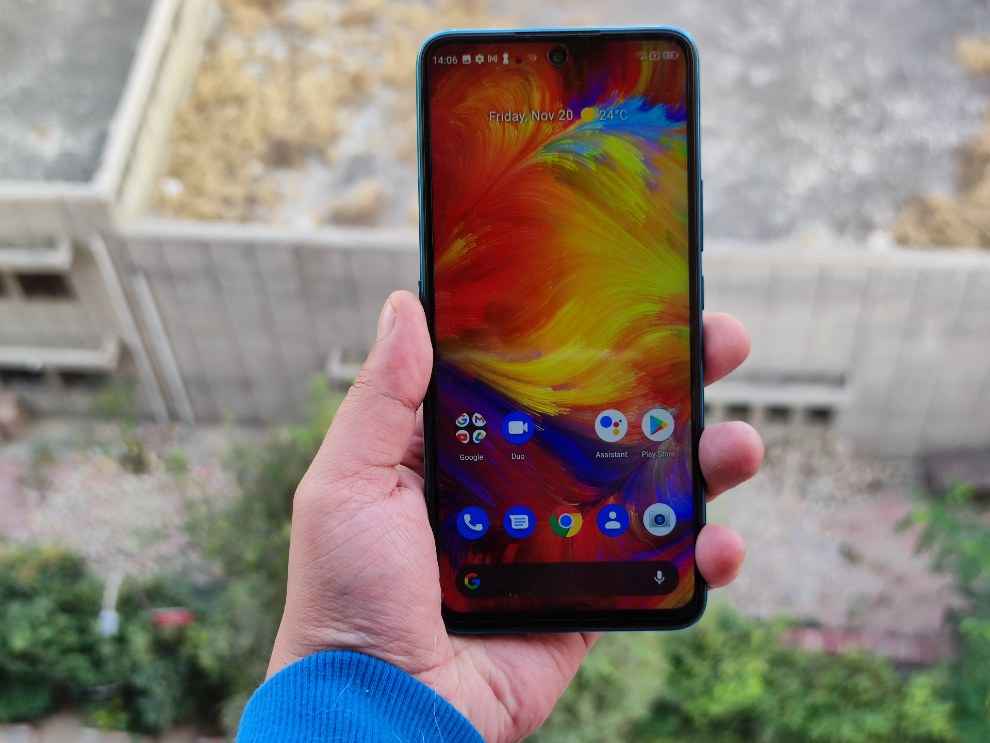Micromax In Note 1 First Impressions: More than just a Made in India phone
The Micromax In Note 1 marks the comeback of the Indian brand into the budget Android segment.
The company hopes the features touted in the smartphone will be enough to turn the tables in favour of Indian brands in the country.
We received the Micromax In Note 1 a few days ago and here are our first impressions

Micromax’s comeback in 2020 came out of nowhere. Little did we know that the company has been tirelessly working all these years on smartphones that could potentially bring the competition back to the same Chinese companies that ousted them from the top spot a few years ago. Have the tables turned? The answer lies in how well the two smartphones perform. We received the Micromax In Note 1 a few days ago and here are our first impressions —
 Survey
SurveyThe Made in India Factor

The In Note 1 competes in a segment that regularly sees disruption by getting some feature or the other from their flagship siblings. From high-res cameras to high refresh rate displays, this segment has it all. For the Micromax In Note 1, that disruptive factor is not a spec-sheet element. It’s the fact that it’s made in India. Well, assembled in India, at best. The core components inside aren’t necessarily from China, but they aren’t natively made in India either. Nevertheless, this is a smartphone that’s being marketed as 'Shuddh Desi', made by an Indian brand, in Indian factories using Indian labour. Is that enough to topple the best?
The In Note 1 doesn’t go overboard on the innovation just yet. It treads water carefully with a well-thought-out spec-sheet. The MediaTek Helio G85 is chosen to take care of the performance. It’s a decent mid-range chip that powers a multitude of smartphones, like the Narzo 20 and the Redmi Note 9, both of which are priced slightly higher than the Micromax In Note 1. And according to our test sheets, a Helio G85-powered smartphone is the runner-up in the budget category in our upcoming DIgit Zero1 Awards. That should sound assuring to those sitting on the fence about this one. And with up to 4GB RAM and 128GB storage, it feels just as good as any other smartphone in this price range, at least on paper.
Software is what holds this phone back

But having used the phone for a day, there are a few areas that Micromax has to work on to become the smartphone of choice among Indians once again. The software is nowadays the biggest differentiator among smartphones that all seem to have the same hardware. The operating system is what’s unique to each smartphone, where OEMs routinely roll out new features and optimisations to differentiate from the rest. That can be something like a fleshed-out Pro Mode in the camera app of the Redmi Note 9, or the insane number of productivity features you get in Samsung’s OneUI on the Galaxy M21. These brands spend heavily on R&D innovating on features that set them apart from the rest.
The In Note 1 only has pure, stock Android to answer for everything unique in Chinese smartphones. The company’s argument for using stock Android is to avoid the pesky bloatware and personalised ads that have come to plague budget smartphones for the past few years. But as you get that much-required security from potential data theft, you will be losing out on the nifty tools and features that many have come to love about Xiaomi, Realme, Samsung and the like. The In Note 1’s software seems like the basic AOSP build but no other optimisations in place. The company has likely used the turnkey solutions offered by MediaTek to build the Android ecosystem and integrated the necessary hardware that makes up for a budget smartphone these days. There's very little an OEM has to do on its own, after opting for a pretuned package.
It’s a clever way of addressing a primary concern of the people, but it’s also a lazy way to do it. Instead, Micromax could have spent some more time in developing its own user-interface, taking inputs from the second largest smartphone user base in the world, incorporating features that users in India truly need, and then add the no-ads policy as the cherry on top. It's entirely possible that such a project is currently underway at the Micromax office, but we have no wind of it.
Who is the Micromax In Note 1 for?
While we’re not yet allowed to post detailed performance and camera results of the Micromax In Note 1 yet, it’s safe to say that there are no big red flags in performance. Except for the bare bones UI and a sluggish display. Yeah, the touch input feels far too slow when compared to its peers. For instance, I had to end up swiping twice, thrice to open the camera shortcut from the lock screen because of how quickly the screen loses touch sensitivity. But other than this, the smartphone feels right at home. Apps take the usual amount of times in opening. There’s a noticeable wait in launching the Dialer and the Camera app, but the camera itself is pretty fast and responsive. Here are few samples taken from the phone —

Primary Camera

Ultrawide Camera

Macro Camera
The 5,000mAh battery is also quite impressive. I still haven’t felt the need to charge the smartphone after taking it out of the box the day before, which is a sign of long battery life. The phone’s slim form factor makes it quite ergonomic to hold and use. But I’m not much of a fan of the glossy rear panel. It’s a smudge magnet and needs a case on top. The display may be sluggish, but it’s bright enough for catching up on a few episodes on the Metro. The loudspeakers are decently loud, and the vibration feedback feels strong and distinct.
Looking at the usage patterns, the Micromax In Note 1 isn’t anything disruptive for the market. It chooses hardware that gives the best returns in this price range, much like what its rivals are doing, and that might just be enough for snatching back some market share for the reinvigorated brand.